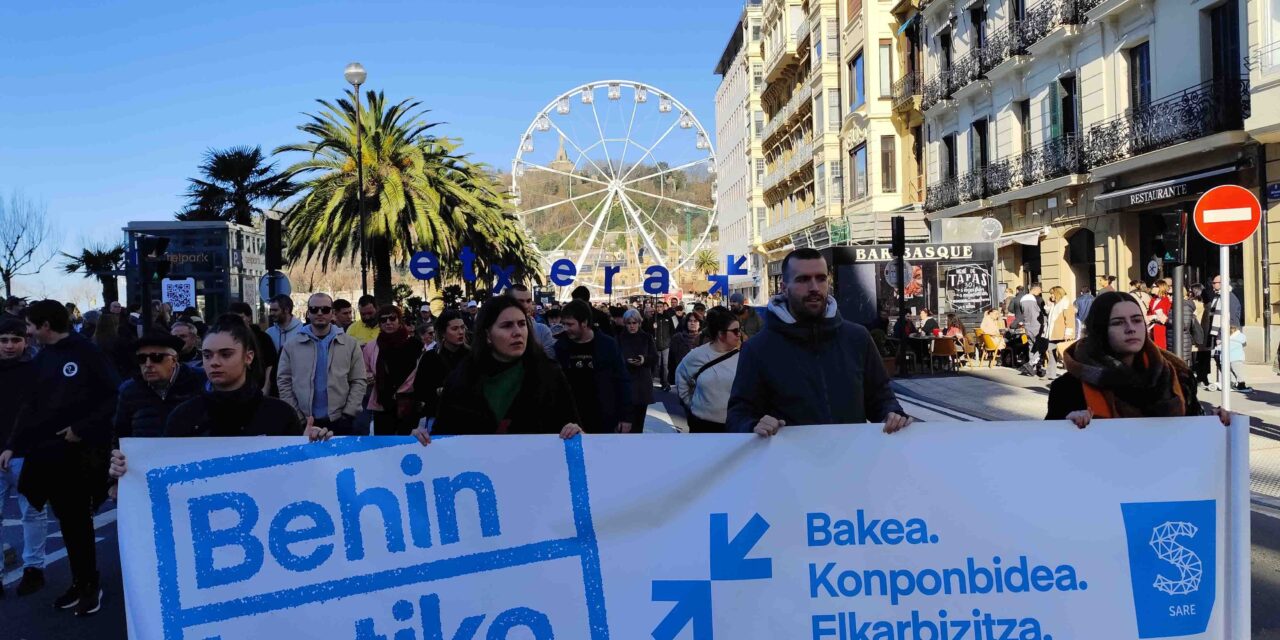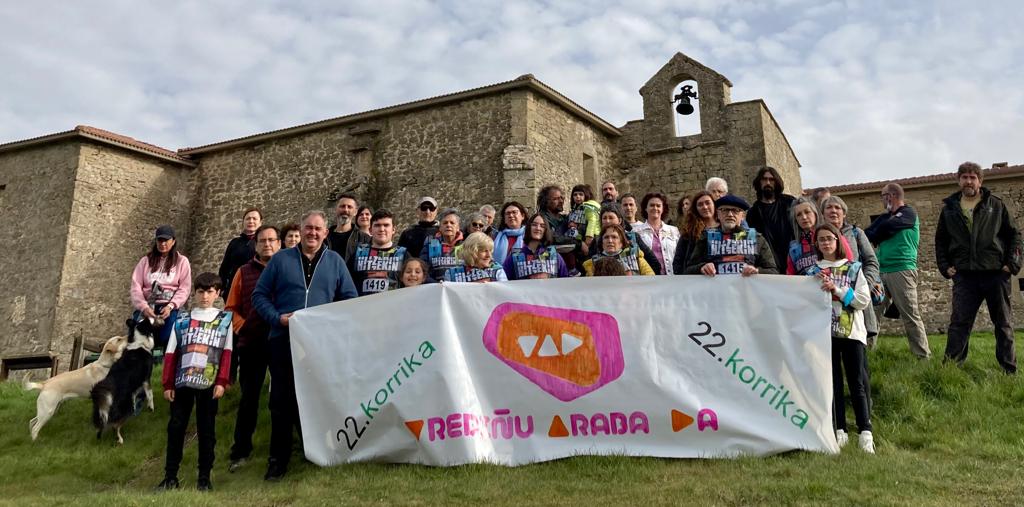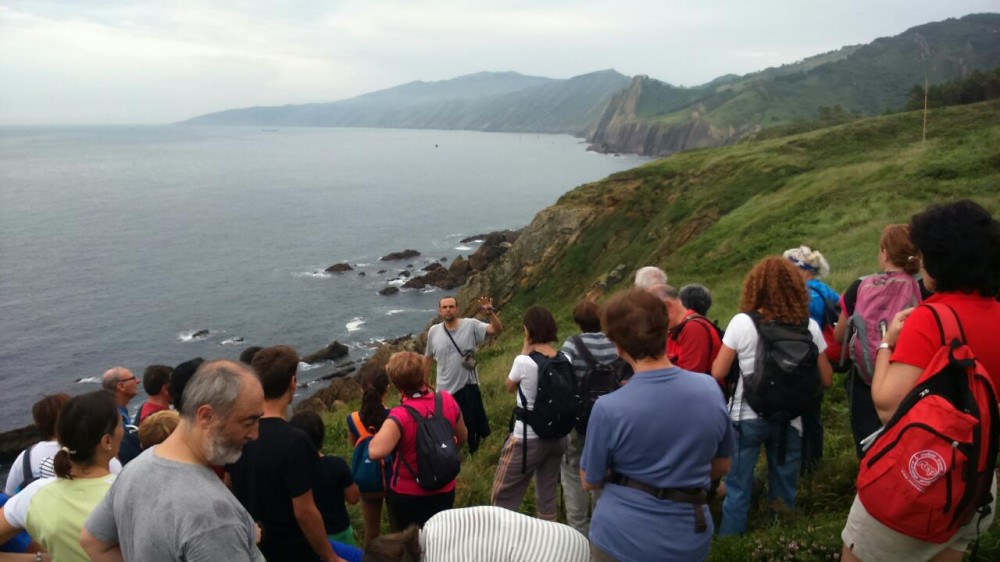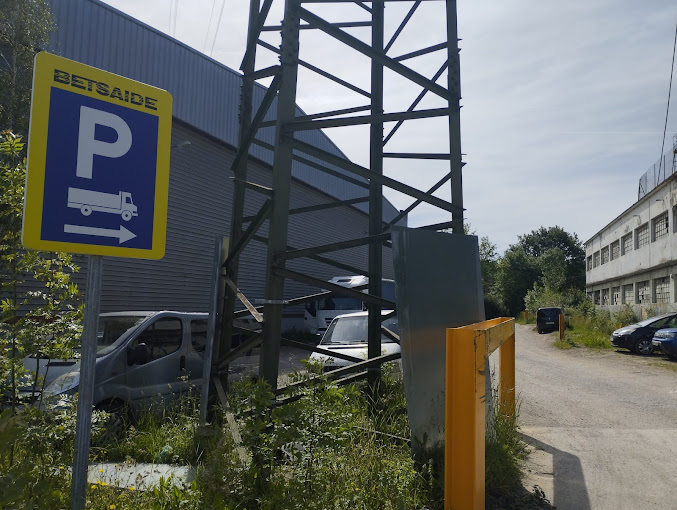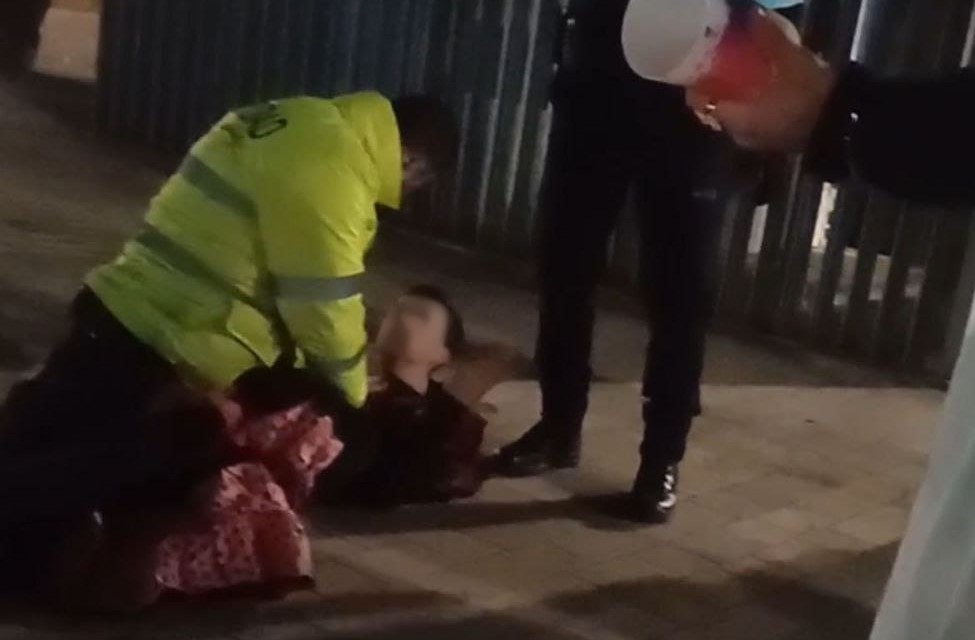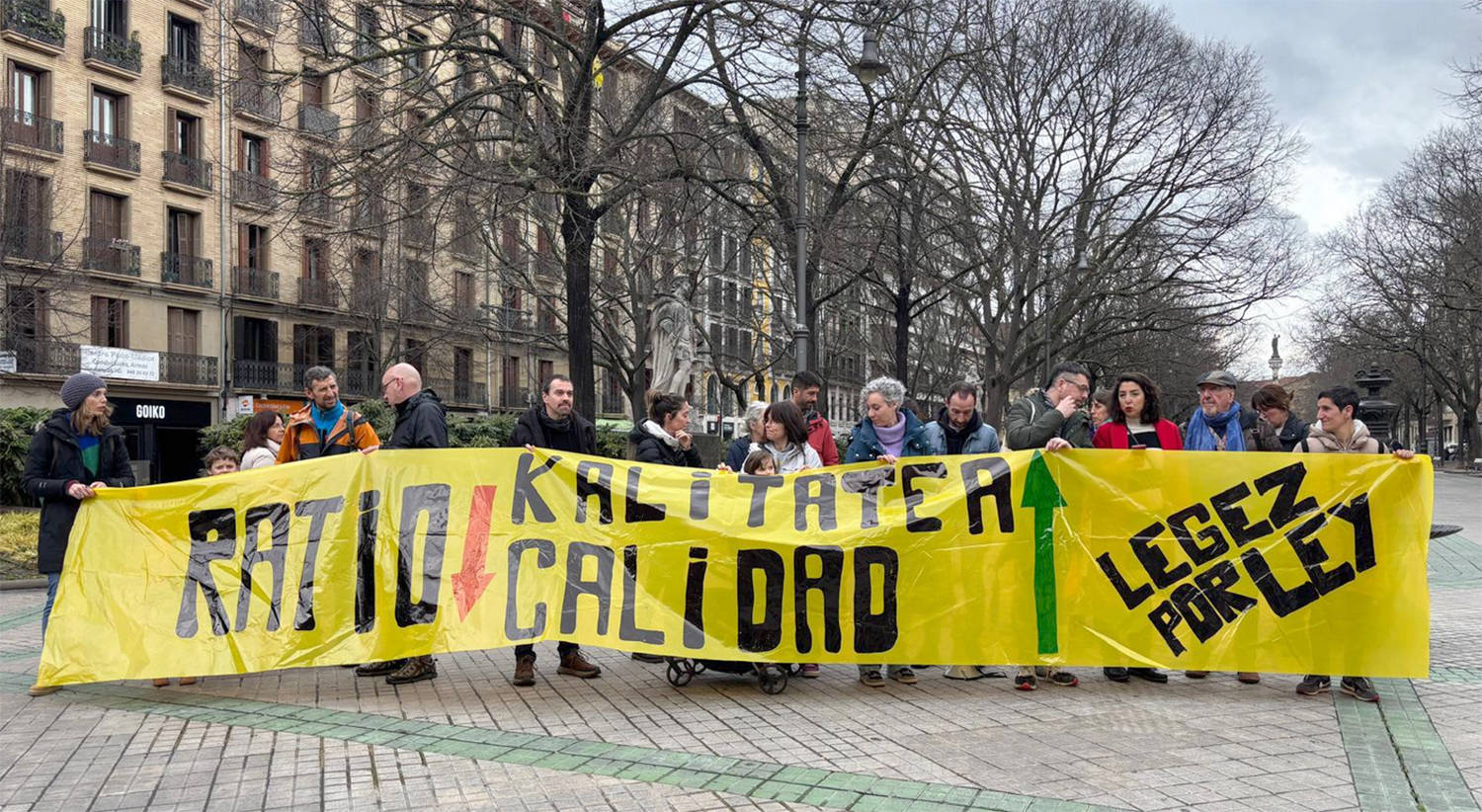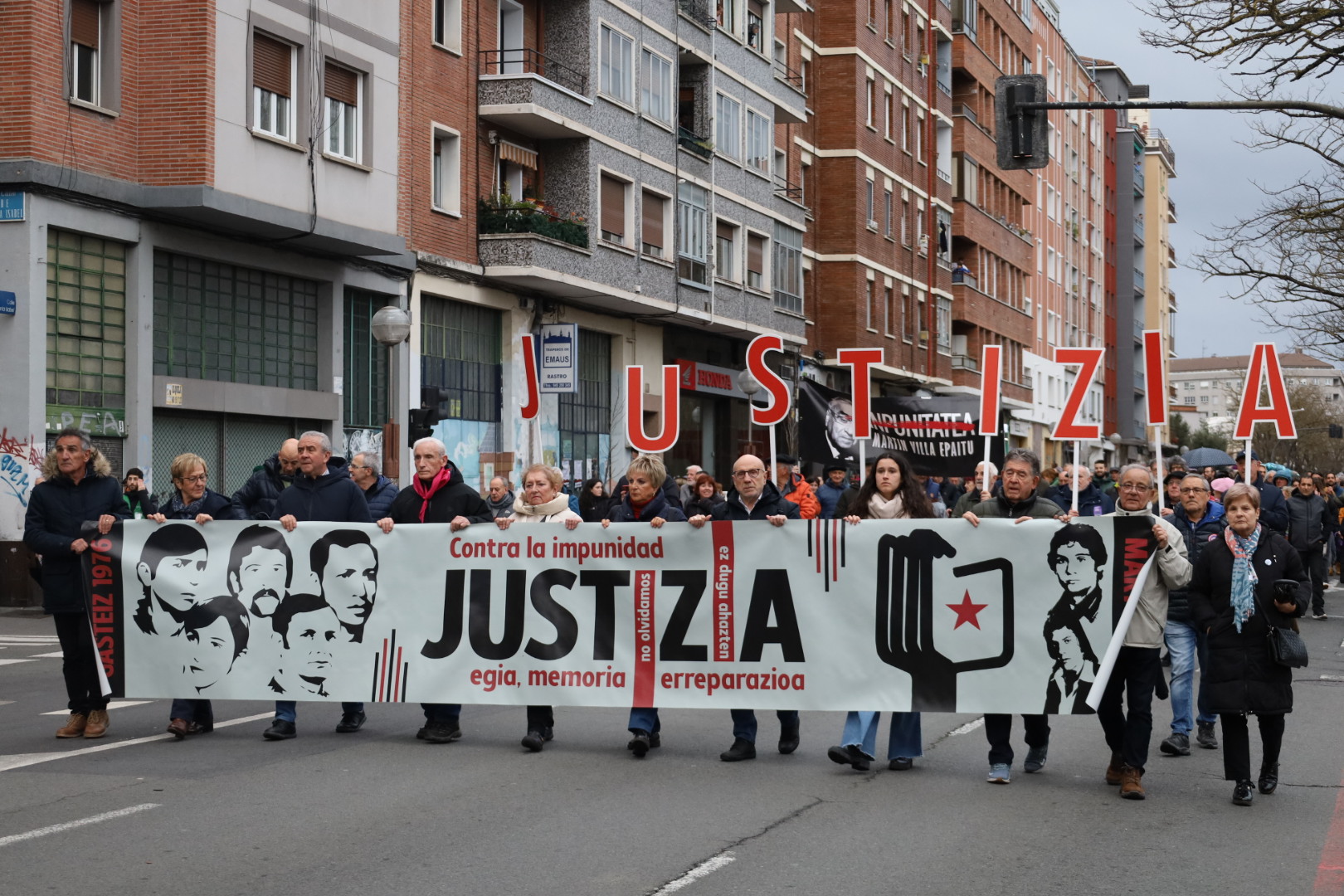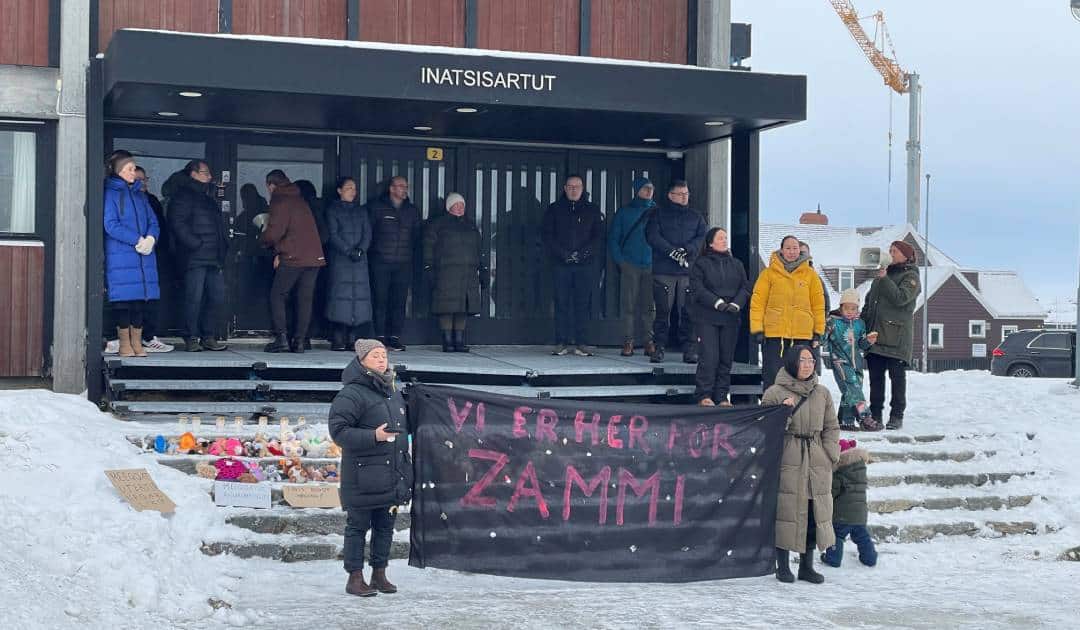We live next to 66 nuclear reactors.
- There are 66 nuclear reactors. 8 are in Spain and 58 in France. Four of them are at a distance of between 5 and 200 kilometers from our borders.
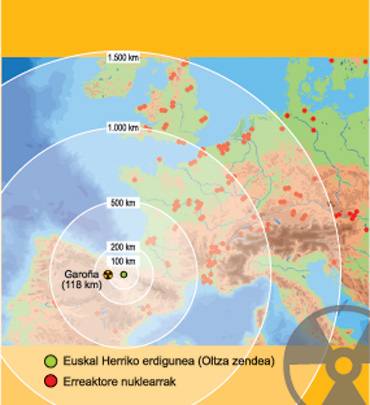
Japan is in a critical situation as a result of the earthquake and nuclear disaster that occurred on 11 March. This has led to a debate on the state of nuclear energy in the Basque Country and around the world. Before this happened, the Spanish government was considering the possibility of extending the life of the nuclear power plants – among them the one in Garoña, the nearest nuclear power plant to the Basque Country – and it assumed that nuclear energy was necessary to guarantee an energy future. The nuclear disaster in Japan has dashed those hopes and, even for a moment, the debate has been abandoned. Large industrial and financial groups, on the other hand, are still there; in fact, they have the support of their lobbies and media resources. When the climate calms, which is now in full swing, they will hold the debate again and press for us to continue using nuclear energy in the world, and for us to use it more.
Given this context, what is the situation of nuclear energy in the Basque Country and the world? There are currently 442 nuclear reactors in operation and 65 reactors under construction in various parts of the world. There are no nuclear power stations in operation in the Basque Country. In any case, several plants are very close to us. If there were a nuclear disaster like the one in Japan, we would be in danger.
The Basque Country besieged by four nuclear reactors
We have been in the Basque Country for a long time fearing that a nuclear power plant would be built, for example, in Lemoiz. In the end, this plant was not built. In any case, the Basque Country is in a dangerous place, because our country is surrounded by 66 nuclear power plants and we have four of them very close. In Spain there are eight reactors with a total capacity of 7,727 megawatts, while in France there are 58 reactors with a total capacity of 63,423 megawatts.
The 8 nuclear reactors in Spain are: Garoña —the closest to the Basque Country—, Almaraz I and II, Asco I and II, Cofrentes, Trillo and Vandellos II. We will mention three of the 58 nuclear reactors in France, the closest to the Basque Country: The two of Le Blayais (I and II), in the department of Braud et Saint Louis, near Bordeaux; and the one of Golfech, in the department of Tarn-et-Garonne, near Toulouse.
Our country is surrounded by 4 nuclear reactors and these are located between 5 and 200 kilometers from the borders of the Basque Country. Garoña is located in Burgos and has a capacity of 466 megawatts. It was built in 1971 and is 5 km from Álava. The three French reactors are located approximately 200 kilometres from Lapurdi, Zubero and Lower Navarre. The two power plants at Le Blayais have a capacity of 910 megawatts and were built in 1981 and 1983. The Golfech plant has a capacity of 1,310 megawatts and was built in 1991. Le Blayais Nuclear Power Station is one of the three most important power stations in France.
All of these plants have suffered some type of accidents in their facilities in recent years, such as floods and fires, although these accidents cannot be compared to what happened in Fukushima, Japan. However, if a nuclear catastrophe were to occur, whether of the same severity as that of Japan or less severe, it would affect the population of Japan. It is clear that the most serious consequences would be caused by the Garoña plant, since the plans for the evacuation of nuclear accidents evacuate the population located 30 kilometers from the plant.
Zorionez, Euskal Herrian oraingoz ez dago zentral nuklearrik. Hala eta guztiz ere, 60ko eta 70eko hamarkadetan hainbat plan egin ziren Hego Euskal Herriko kostaldean zentral nuklearrak eraikitzeko. Zentral nuklearrak Lemoizen, Ea-Ispasterren eta Deban egitea proposatu zuten. Lemoizen (Bizkaia) hasi ziren: Iberduero elektrizitate-enpresak, egun Iberdrola deritzonak, bi erreaktore nuklear eraiki zituen. Erreaktore nuklear horiek prest zeuden 70eko urteetan abian jartzeko.
Iberdueroren, Espainiako Gobernuaren eta Eusko Jaurlaritzaren plan horiek –EAJk kudeatuak–, bertan behera gelditu ziren herritarren oposizioari eta ETAren esku-hartzeari esker. Herritarrek manifestazio itzelak egin zituzten, eta ETAren esku-hartzeak hainbat hildako eragin zituen –zentrala eraikitzen ari ziren langileak, erakunde armatuko militanteak, eta Iberdueroko ingeniari bat–. Ondorioz, inoiz martxan jarri ez ziren bi erreaktore haiek betiko geldiaraztea lortu zuten. Gainerako proiektuak ere bertan behera gelditu ziren. Basordaseko kalara joaten denak munstro hura ikusiko du oraindik ere; izan ere, ez dute eraitsi. Euskal Kostalde Ez Nuklearraren Aldeko Batzordea 1976an eratu zen. Batzorde historiko hartako arduradunen lana, gizon eta emakume haien lana, aitortzeko eta eskertzeko garaia da oraingoa.
Datorren astelehenean egingo dute espedientearen kontsulta epeko bigarren bilera.
Sustatun agertutako salaketa, LaLiga futbol erakunde espainiarraren eta Movistar/Telefonicaren arteko tratuek euskarazko zerbitzuak kaltetzen dituztela Interneten (kasu hartan Egunean Behin jokoan irudiak desagertzea zen kontua), hedatu egin da. Tokikom-eko euskarazko tokiko... [+]
Batez beste, adinez gero eta nagusiago bilakatzen gara ama eta aita, hala diote datuek. Biologiari aurre hartu diote ugalketa teknikek, baina guraso zahar ugariko gizartea izatearen inguruan gogoetatzea falta dela iritzi dionik bada.
Ursula Von der Leyen Europako Batzordeko presidenteak Europa berrarmatu plana aurkeztu du, kontinentea "erresilientea eta segurua" bihurtzea xede duena. Bost zati ditu planak, eta estatu kideek 150.000 milioi euro jasoko dituzte mailegutan. Arau fiskalak moldatuko... [+]
2021etik 2025era isuriak %15ean murriztu behar zituen industriak. Ursula Von Der Leyenek automobilgintzaren sektorearen eskutik ekintza plan bat aurkeztuko du martxoaren 5ean. Oraindik erabakia hartua ez badago ere, Europar Batasunak sektorearen eskaerak onartuko dituela diote... [+]
Frantziako Poliziak 2002an atxilotu zuen zumarragarra, eta 30 urteko zigorra betetzen ari da. Sare Herritarrak mobilizazioa deitu du datorren ostiralerako, Urretxuko Potros Plazan.
Bizilagunek "egia eta politika" merezi dutela adierazi dute, oraindik konponbiderik bilatu ez zaizkien arazo ugari edukitzen jarraitzen baitute. Ikasketei eta osasun arretari loturiko arazoak nabarmendu dituzte.
Betsaide enpresan gertatu da, 08:00ak aldera. Urtea hasi denetik gutxienez bederatzi behargin hil dira.
Euskal Herrian Euskarazen arabera, Tolosako tren geltokiko segurtasun agente batek eraso egin zion militante bati, agenteari euskaraz hitz egiteko eskatu ziolako. Tolosako alkateak "kezka" adierazi du eta azalpenak eskatuko dituela jakinarazi.
Seme-alabek eskolan dituzten ratioekin kezkatuta, Arartekoari kexa helarazi zion guraso talde batek, eta orain zuzenean Parlamentuari egin diote eskaera, “legez berma dadin gure seme-alaben hezkuntzaren kalitatean oinarrizkoa den neurria, unean uneko aurrekontuez edo... [+]
Trump/Vance eta Zelenskyren arteko sesio gogoangarriak, Europan behintzat, erabat isilarazi badu ere, bada beste mundu-parte batean bederen dezenteko harrabotsa harrotu duen burutazioa. Afganistango Bagrameko aire-basea berreskuratu nahiko luke Trumpek, bere lehen... [+]
Etxe Zurian edukitako liskarraren ostean, eskainitako laguntza "konponbide batera bideratuta" dagoela ziurtatu nahi du Trumpek. Zelenskiren arabera, Kievek bizirauteko aukera gutxi izango lituzke AEBen laguntza militarrik gabe.
49 urte eta gero Espainiako Poliziak Gasteizko Maria Sortzez Garbiaren katedralean eraildako bost langileak oroitu dituzte beste behin astelehen arratsaldean. Milaka pertsona batu dira Zaramagatik abiatutako eta katedralean amaitutako manifestazioan. Manifestari guztiek ez dute... [+]
Groenlandiar jatorriko 411 haur daude tutoretzapean Danimarkan, Gizarte Gaietako, Etxebizitzako eta Adineko Pertsonen Ministerioaren txosten baten arabera. Aitatasun eta amatasun froga psikologikoetan puntuazio baxuak lortzeko arriskua dute guraso groenlandiarrek, frogak ez... [+]









.jpg)





